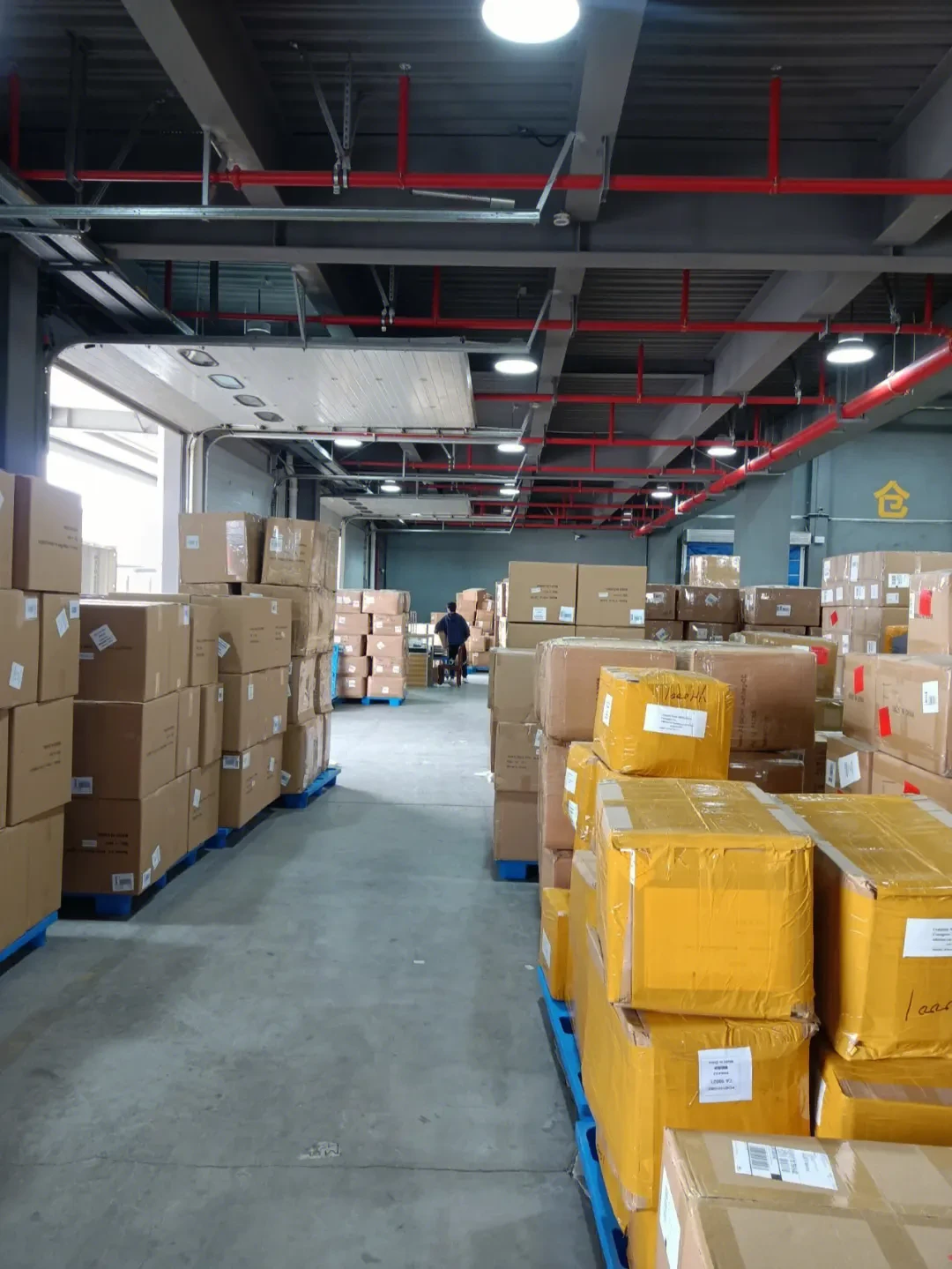Understanding Chemicals Used in Water Treatment Plants
Water treatment is a crucial process aimed at making water safe for human consumption, agriculture, and industrial use. The effectiveness of this process largely depends on the chemicals employed in the treatment plants. These chemicals serve various purposes, including disinfection, coagulation, corrosion control, and pH adjustment. Here, we explore some of the most commonly used chemicals in water treatment plants and their functions.
Coagulants
One of the primary steps in water treatment is coagulation, a process where fine particles suspended in water are made to clump together and settle out. The most commonly used coagulants include aluminum sulfate (alum) and ferric chloride. When added to water, coagulants neutralize the negative charges on particles, allowing them to agglomerate into larger aggregates known as flocs. These flocs can then be removed from the water through sedimentation or filtration.
Disinfectants
Disinfection is essential to eliminate harmful microorganisms that can cause diseases. Chlorine is the most widely used disinfectant in water treatment. It is highly effective against bacteria, viruses, and protozoa. However, its use has come under scrutiny due to the formation of disinfection byproducts, which can be harmful if consumed in large quantities. To mitigate this issue, alternative disinfectants such as ozone and ultraviolet (UV) light are increasingly used. Ozone is a powerful oxidant that can effectively kill pathogens without producing harmful byproducts, while UV treatment uses light to inactivate microorganisms without adding chemicals to the water.
pH Adjusters
The pH level of water can significantly impact the efficiency of coagulation and disinfection processes. Lime (calcium hydroxide) and sodium hydroxide are commonly used to raise the pH, while sulfuric acid is used to lower it. Maintaining an optimal pH (generally between 6.5 to 8.5) ensures that water treatment processes operate effectively. An appropriate pH also prevents corrosion in distribution systems, protecting infrastructure and ensuring safe delivery of water.
water treatment plant chemicals used

Corrosion Inhibitors
Corrosion of pipes and equipment can lead to significant maintenance costs and can introduce metals like lead and copper into the drinking water supply. To mitigate this, corrosion inhibitors such as orthophosphate and silica are used. These chemicals work by forming a protective layer on the interior surfaces of pipes, helping to reduce the leaching of metals into the water.
Flocculants
Once coagulation has occurred, flocculation is the next step. This process involves adding flocculants like polyacrylamides or natural organic polymers to help enhance the formation of flocs, facilitating their removal from the water. Flocculants promote the agglomeration of fine particles and ensure that larger, heavier particles are formed, which can be easily removed through sedimentation or filtration processes.
Taste and Odor Control
Sometimes, raw water may have undesirable tastes or odors due to organic compounds, algae, or other natural materials. Activated carbon is a common treatment used to adsorb these compounds and improve the aesthetic quality of the water. This not only improves the taste but also reduces the likelihood of complaints from consumers.
Conclusion
Water treatment plants play a vital role in providing safe drinking water, and the selection of chemicals used in these processes is crucial for achieving high-quality water. From coagulants and disinfectants to pH adjusters and corrosion inhibitors, each chemical serves a specific purpose that contributes to the overall effectiveness of the treatment process. As regulations and consumer demand for safer water continue to evolve, the water treatment industry must adapt by exploring new chemical options and technologies. Ultimately, the goal remains the same to provide clean, safe, and palatable water for all.

